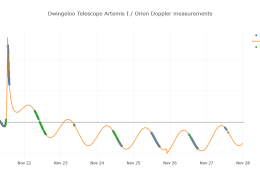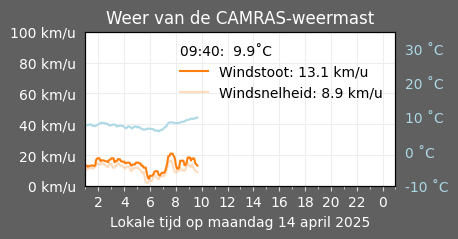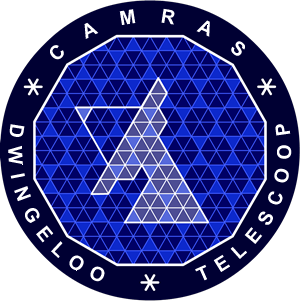Using the Dwingeloo Radio Telescope is the best way to preserve it. Therefore, CAMRAS makes the telescope available for use by amateur astronomers, radio amateurs and youth, and for educational, public and cultural activities.
Users
The users of the Dwingeloo Radio Telescope are volunteers, amateur astronomers, radio amateurs, and youth. Each user group has its own interests and user requirements.
For some user activities the Twitter operations account of the radio telescope used for exchanging technical details and results is @PI9CAM. The general Twitter account is @radiotelescoop.
– Volunteers and amateurs
The CAMRAS volunteers maintain the telescope and develop all kinds of usage programs, equipment and software. They also provide educational activities for youth and public activities such as open days and guided tours including a demonstration.
The amateur astronomers can experiment with the very sensitive antenna and capture radio waves from the sun, pulsars and other radio sources in the universe. They can also map the hydrogen gas in the Milky Way and nearby galaxies.
With the telescope, the radio amateurs can make contact with other radio amateurs around the world via the Moon or satellites.
A very different activity is the participation of CAMRAS in the SETI research, the search for extraterrestrial intelligence.
– Youth
High school students can observe and analyze pulsars, The Milky Way and nearby galaxies and make a report about their observations.
Young amateur astronomers come to camp, attend lectures and get the opportunity to make their own observations and analyze these.
During the annual JOTA-JOTI event, scouts broadcast radio messages to the Moon from anywhere in the country – or beyond – with the help of radio amateurs. The Dwingeloo Radio Telescope captures and streams these messages over the internet enabling the scouts to view their own signal reflected by the Moon.
Telescope time
To use the telescope properly, part of the telescope time is for the CAMRAS volunteers for approved own use, such as internal training, for experiments or observations, or to keep their knowledge and skills up to date.
Using the radio telescope is free of charge for CAMRAS volunteers. For non-volunteers, CAMRAS requests a reimbursement of telescope time. See our rates overview (in Dutch). Reservations and proposals for observations and experiments can be requested from the Program Committee via our contact form.
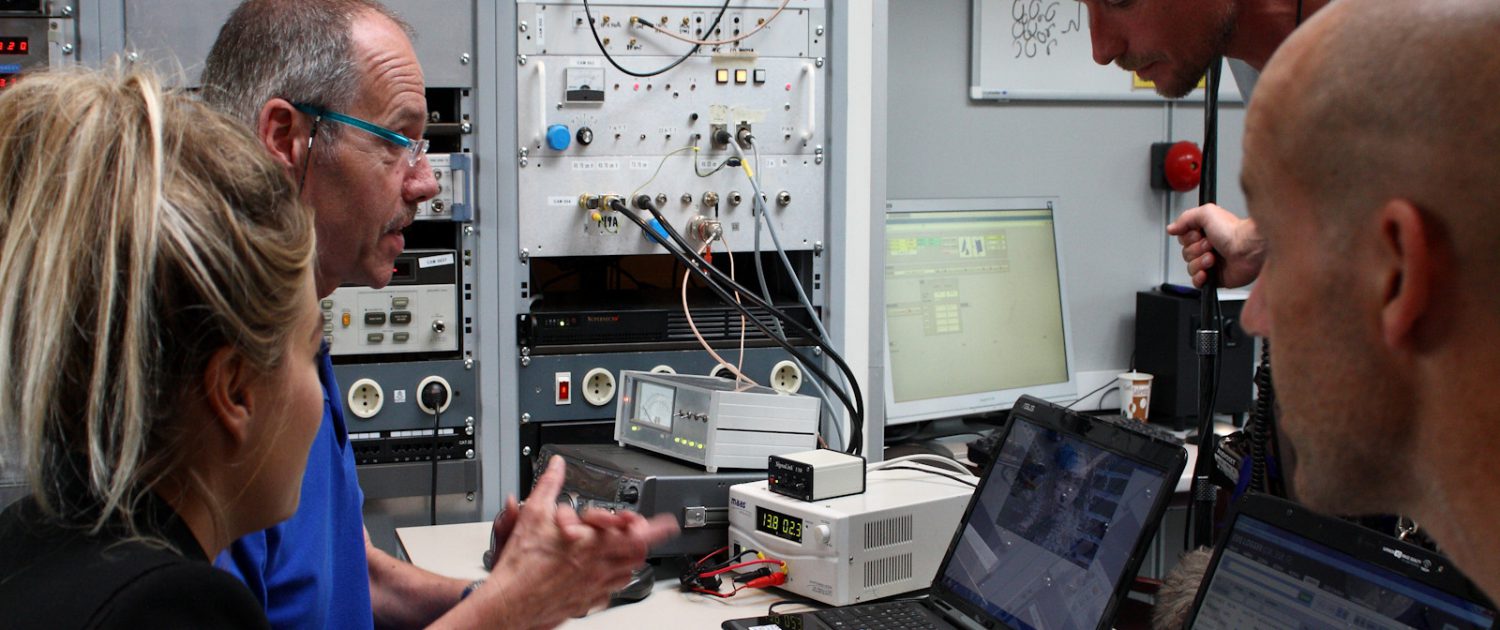
 CC-BY-SA 4.0 CAMRAS Dwingeloo Telescope
CC-BY-SA 4.0 CAMRAS Dwingeloo Telescope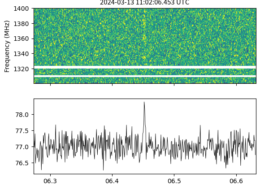
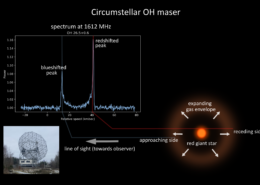 Eduard Mol
Eduard Mol